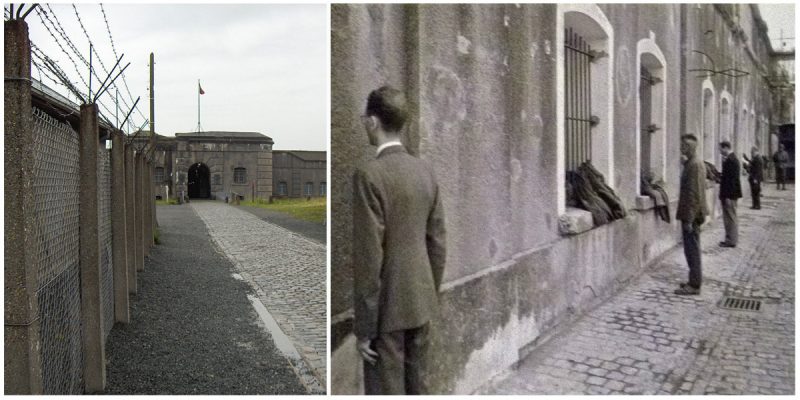Located in the center of Belgium, Fort Breendonk is a military fortification that served as a Nazi prison camp during World War II. It is considered to be one of the smallest of the concentration camps and because of that probably one of the worst.
The fort was built to protect the port and city of Antwerp and it is perhaps the only camp which remains intact after the war because of its military purpose.
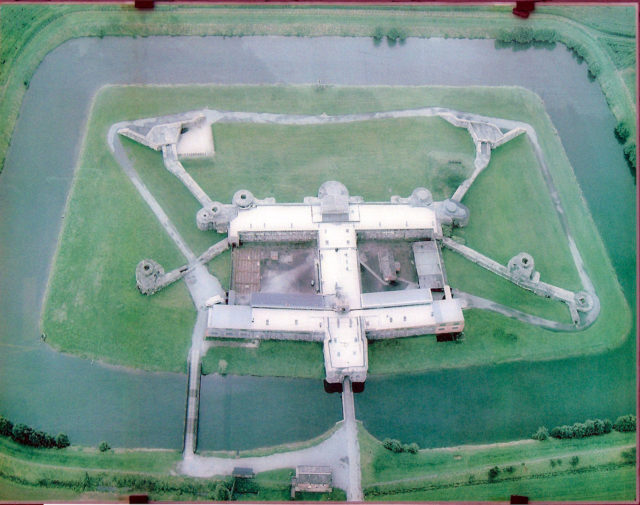
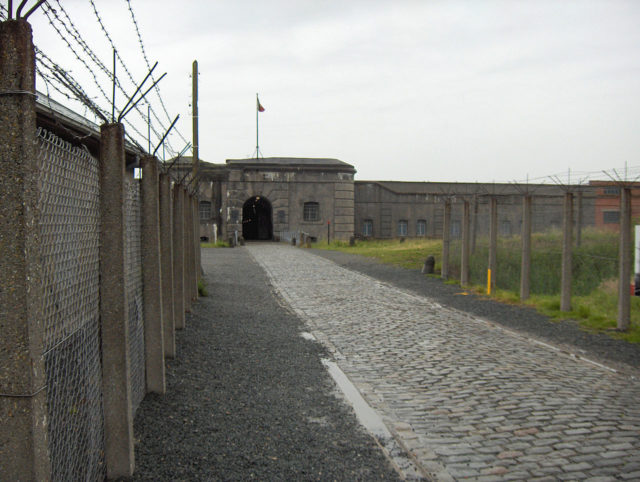
The fort was first attacked on 1 October 1914, during the WWI. After the fall of Antwerp on 9 October, the garrison of the fort surrendered.
During WWII, the fort was the headquarters of the Belgian command but a week later it was abandoned because the German occupiers thought that it was of no use to them. Soon after the start of the German occupation, the fort became a German prison camp where resistance members and Jews were captured.
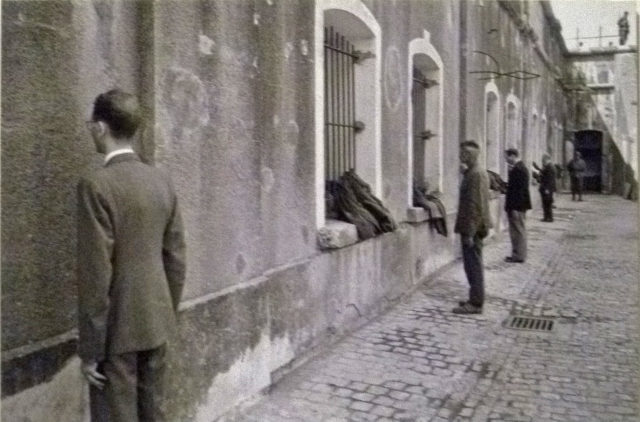
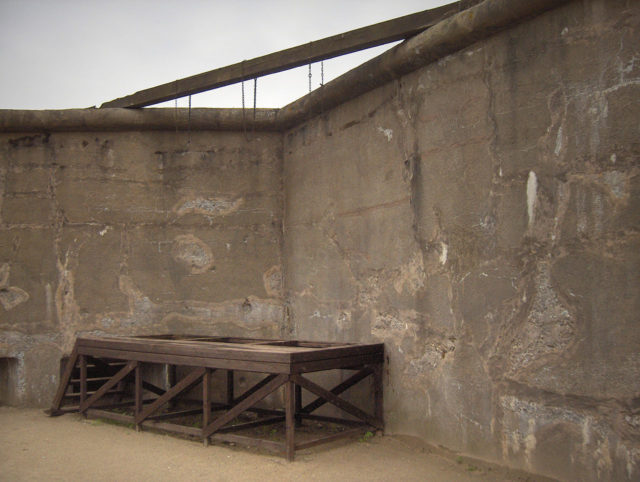
During the existence of the camp at Breendonk, 3,590 prisoners are known to have been imprisoned and many of them died before liberation. The first prisoners arrived on 20 September 1940. This camp also served as a transit camp where Jews were selected and sent on to bigger death camps in Eastern Europe.
The inmates were sorted between Jews and non-Jews. There were separate cells for prisoners who were arrested and were under interrogation by the Gestapo. Many of the prisoners were executed and others died of torture or disease. In the current museum in the fort, some of the torture chambers and gallows are still preserved.
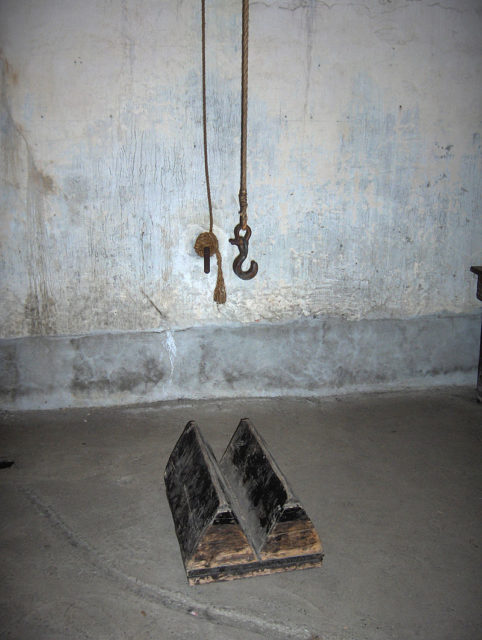
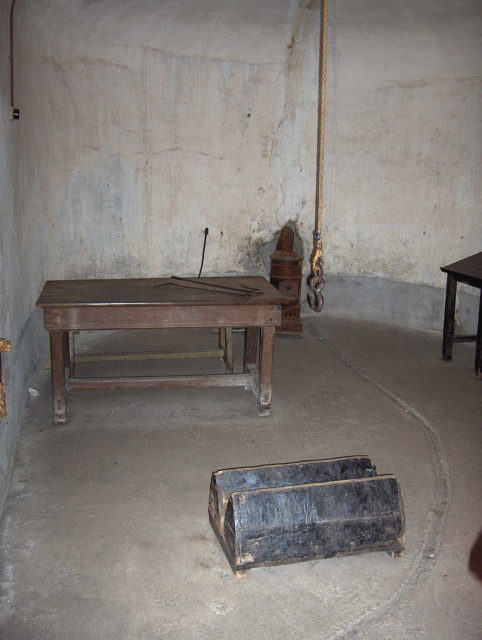
The daily life in the camp was horrifying: the conditions were so cruel and harsh with only one toilet and extremely cold and damp old barracks built from stone without windows and minimal ventilation. Prisoners were served three meals a day.
According to Wikipedia, they had two cups of coffee substitute for breakfast and 100 grams of bread. For lunch, they had soup which was mostly hot water and supper was again 2 cups of a coffee substitute and 100 grams of bread.
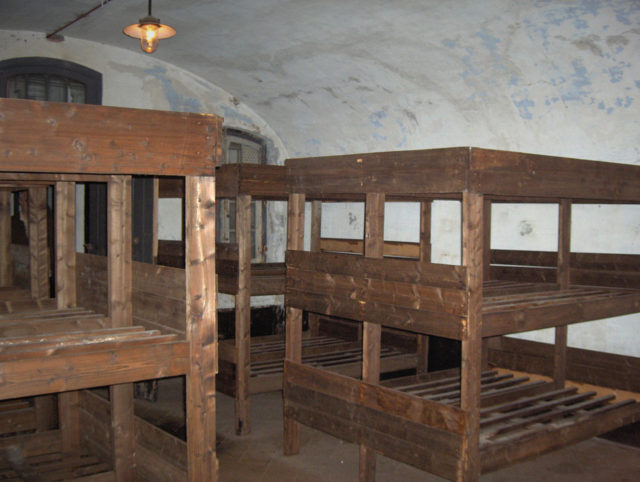
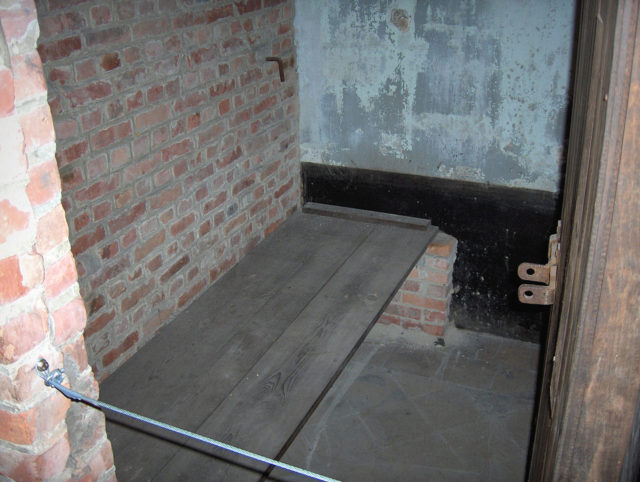
In late 1944, there is a period called “Breendonk II”. Charles Arnold-Baker, an officer from the British Army liberated the camp and the fort was repurposed as an internment camp for Belgian collaborators who were then moved to Mechelen in 1944. In 1946, in Mechelen, the trials of the Flemish SS guards were held, including guards and officials from the horror at Fort Breendonk.
Nearly all of them were executed, and the camp commandant, Philipp Schmitt, was sentenced to death and shot on 9 August 1950. The fort was declared a national memorial in 1947, dedicated to the Belgian prisoners who died at the camp during the WWII. Today, the fort is a national museum and it is open to the public.
